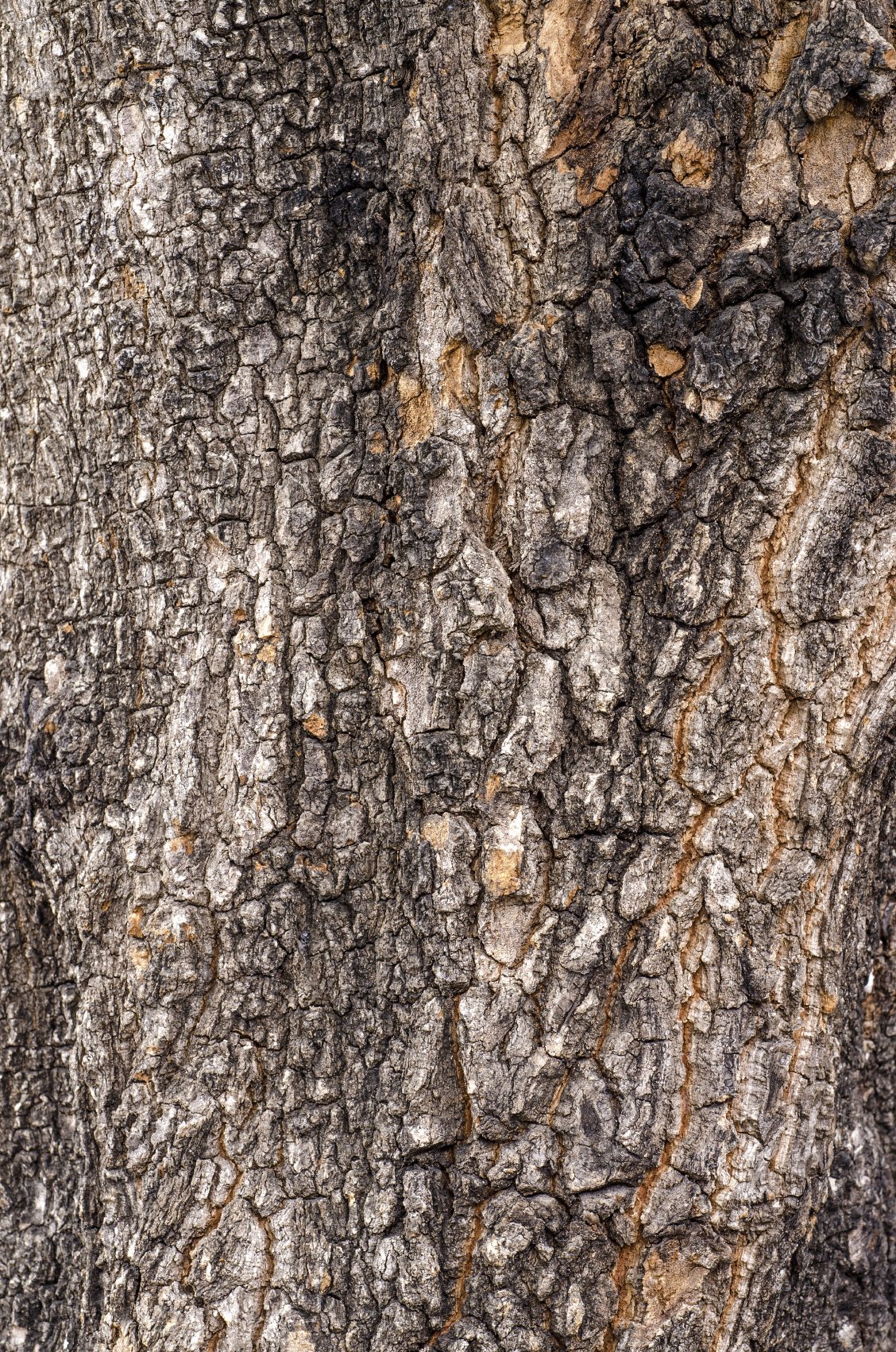Pecan Tree Leaking Sap: Why Do Pecan Trees Drip Sap

Pecan trees are native to Texas and for good reason; they are also the official state trees of Texas. These resilient trees are drought tolerant, and not only survive but thrive with little to no care in many areas. However, like any tree, they are susceptible to a number of issues. A common problem seen in this species is a pecan tree that is leaking sap, or what appears to be sap. Why do pecan trees drip sap? Read on to learn more.
Why Do Pecan Trees Drip Sap?
If your pecan tree has sap dripping from it, it probably isn’t really sap-- although in a roundabout way it is. A seeping pecan tree is more than likely afflicted with pecan tree aphids. The seeping from the pecan trees is simply honeydew, a sweet, charming nomenclature for aphid poop. Yes, folks; if your pecan tree has sap dripping from it, it’s probably the digestive remnants from either the black margined or yellow pecan tree aphid. It appears that the pecan tree is leaking sap, but that isn’t the case. You have an infestation of tree aphids. I’m betting you are now wondering how you can combat an unwelcome colony of aphids on your pecan tree.
Pecan Tree Aphids
First off, it is best to arm yourself with information regarding your enemy. Aphids are tiny, soft bodied insects that suck sap from plant foliage. They ravage many different types of plants but in the case of pecans, there are two types of aphid foes: the black margined aphid (Monellia caryella) and the yellow pecan aphid (Monlliopsis pecanis). You may have one, or unfortunately both of these sap suckers on your pecan tree. Immature aphids are difficult to identify since they lack wings. The black margined aphid has, as its name implies, a black stripe running along the outer margin of its wings. The yellow pecan aphid holds its wings over its body and lacks the distinguishing black stripe. The black margined aphid attacks in full force during June to August and then its population abates after about three weeks. Yellow pecan aphid infestations occur later in the season but can overlap the black margined aphids’ feeding grounds. Both species have piercing mouth parts that suck nutrients and water from the veins of the leaves. As they feed, they excrete the excess sugars. This sweet excrement is called honeydew and it collects in a sticky mess on the foliage of the pecan. The black pecan aphid causes more devastation than the yellow aphid. It only takes three black pecan aphids per leaf to cause irreparable damage and defoliation. When the black aphid is feeding, it injects a toxin into the leaf that causes the tissue to turn yellow, then brown and die. The adults are pear shaped and the nymphs are dark, olive-green. Not only can large infestations of aphids defoliate trees, but the residual honeydew invites sooty mold. Sooty mold feeds on the honeydew when the humidity is high. The mold covers the leaves, reducing photosynthesis, causing leaf drop and possible death. In any case, the leaf injury reduces yields as well as the quality of the nuts due to lower carbohydrate production. Yellow aphid eggs survive the winter months harbored in bark crevices. The immature aphids, or nymphs, hatch in the spring and immediately start to feed on the emergent leaves. These nymphs are all females that can reproduce without males. They are mature at one week and give birth to live young during the spring and summer. In late summer to early fall, males and females develop. At this time, the females deposit the aforementioned overwintering eggs. The question is how do you control or suppress such a durable insect enemy?
Pecan Aphid Control
Aphids are prolific reproducers, but they do have a short life cycle. While infestations can increase rapidly, there are some ways to combat them. There are a number of natural enemies such as lacewings, lady beetles, spiders and other insects that can reduce the population. You can also use an insecticide to quell the aphid horde, but keep in mind that insecticides will also destroy the beneficial insects and may possibly allow the aphid population to increase even more rapidly. Also, insecticides do not consistently control both species of pecan aphids, and aphids become tolerant to insecticides over time. Commercial orchards use Imidaclorpid, Dimethoate, Chlorpryifos, and Endosulfan to combat aphid infestations. These are not available to the home grower. You can, however, try Malthion, Neem oil, and insecticidal soap. You can also pray for rain and/or apply a healthy spray of the hose to the foliage. Both of these can reduce the aphid population somewhat. Lastly, some species of pecan are more resistant to aphid population than others. ‘Pawnee’ is the least susceptible cultivar to yellow aphids.
Sign up for the Gardening Know How newsletter today and receive a free copy of our e-book "How to Grow Delicious Tomatoes".

Amy Grant has been gardening for 30 years and writing for 15. A professional chef and caterer, Amy's area of expertise is culinary gardening.
